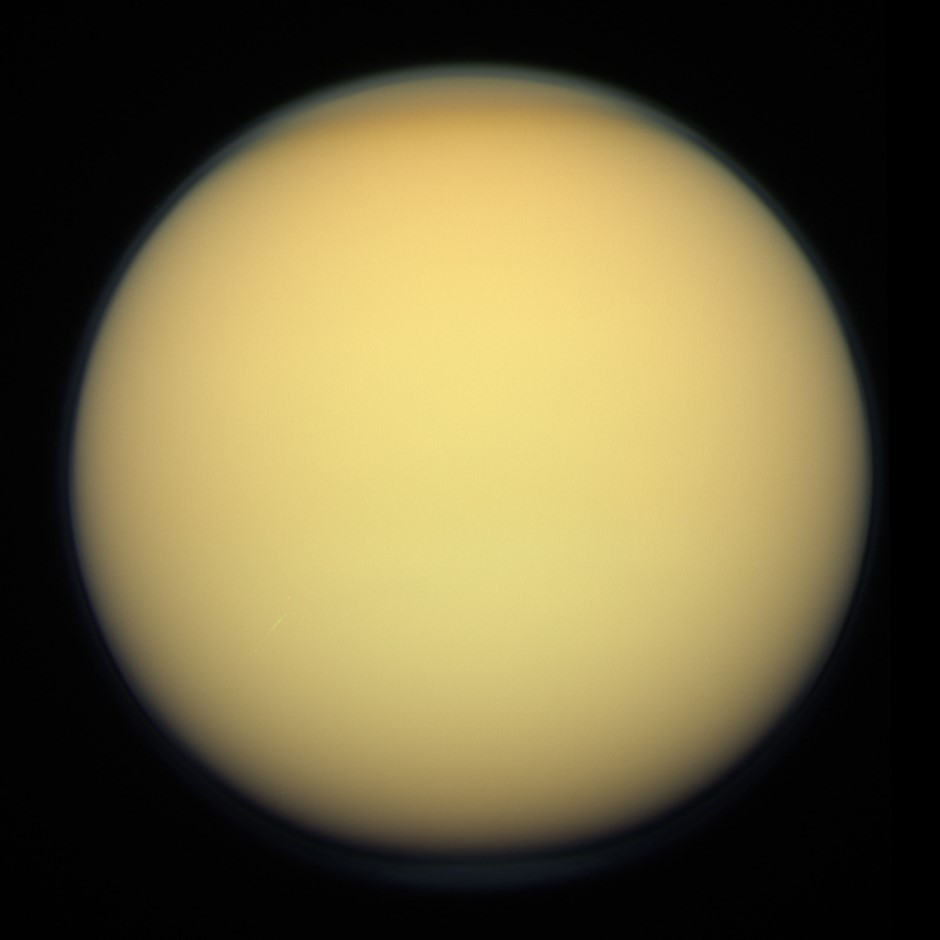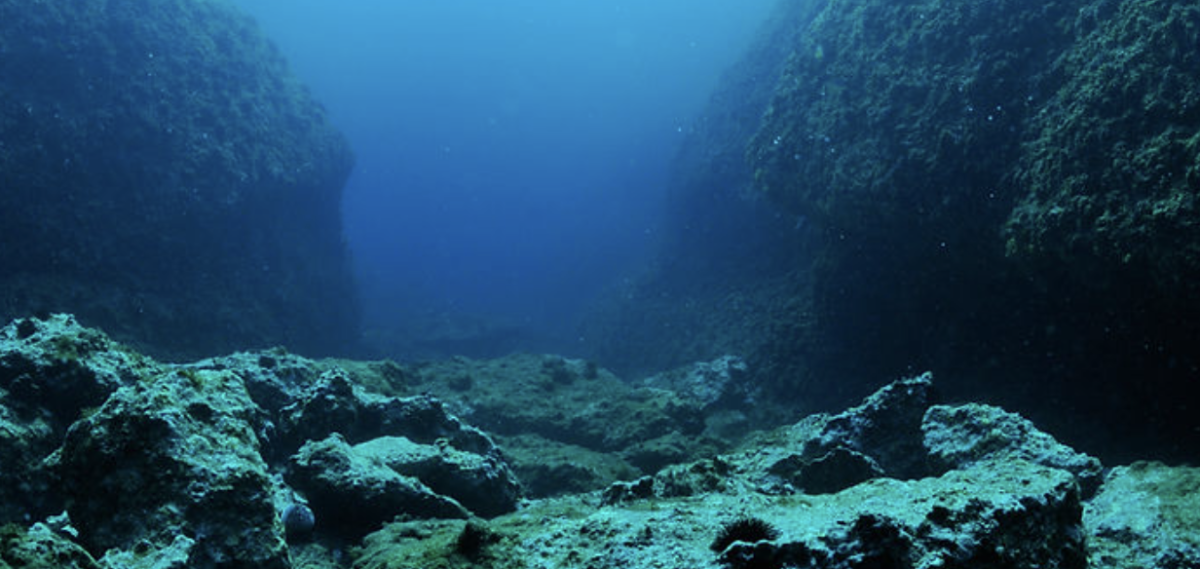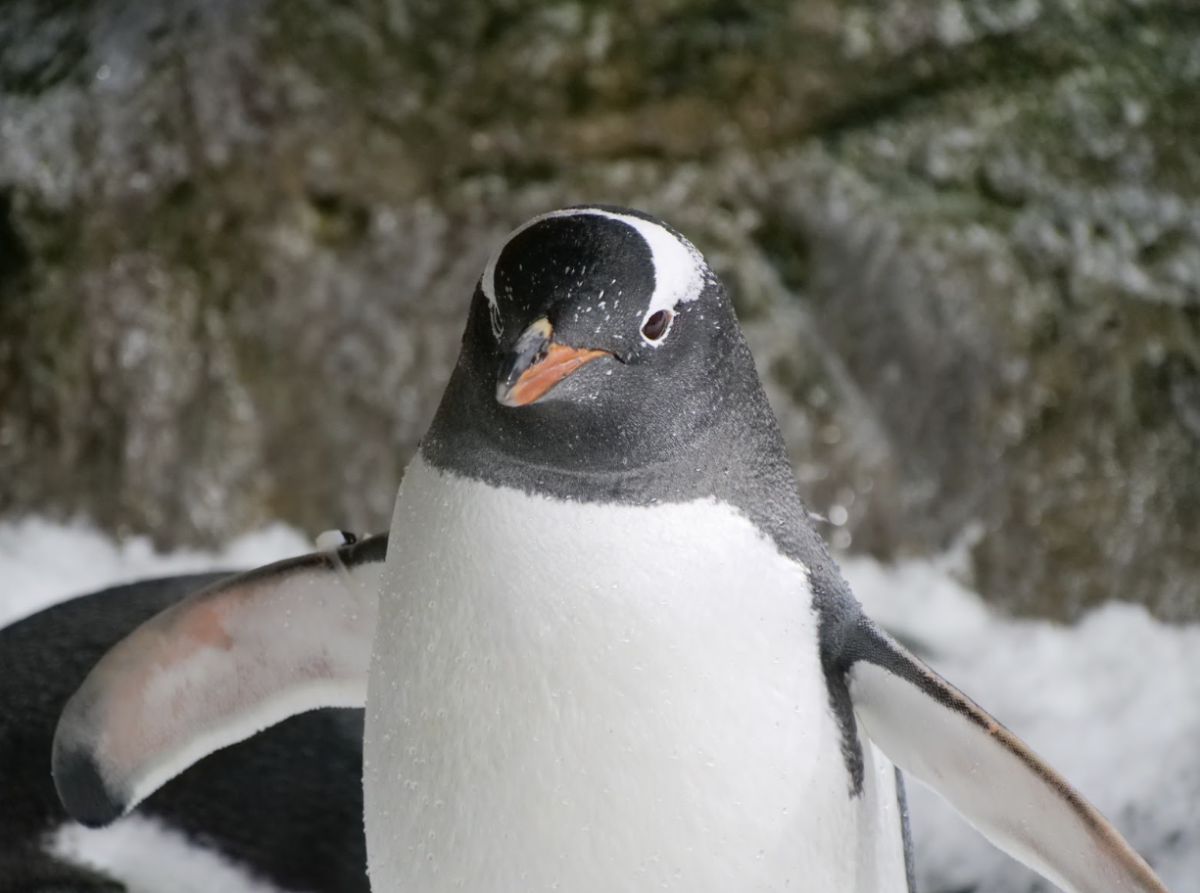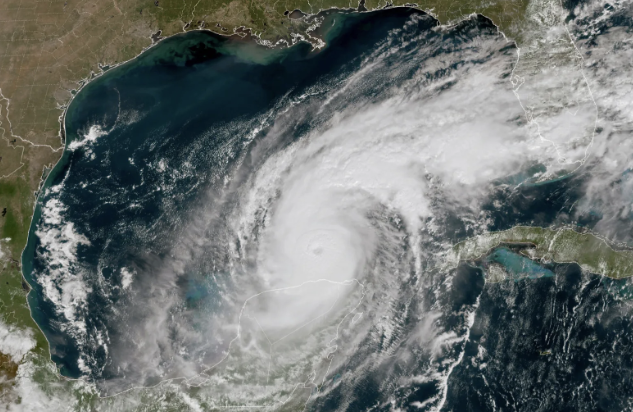Shrouded in a hazy atmosphere that hides shallow lakes of liquid hydrocarbons, Titan is a strange world we can’t wait to get a closer look at. That’s why NASA is preparing to launch a robotic aircraft to observe the landscape in 2027.
Set to reach Saturn’s largest moon in 2034, the lander will eventually settle in the Shangri-la dune field near Selk Crater. The researchers describe it as a “scientifically outstanding area” worthy of exploration, about which we still have much to learn. A new study maps six specific parts of the region, identifying it as a place likely to be covered by dunes and frozen terrain.
The work will provide a basis for models and hypotheses that can be tested by Dragonfly once the probe lands. “Dragonfly will land in a dry equatorial region on Titan – a frigid world with a dense, hydrocarbon-rich atmosphere,” says planetary scientist Léa Bonnefoy of Cornell University in New York.
“Sometimes it rains liquid methane, but it’s more like a desert on Earth – where you have dunes, a few small mountains, and an impact crater. We look carefully at the landing site, its structure, and surface.”
This close look involved a detailed analysis of the images captured by the Cassini probe: by observing how the radar signals change and reflect from different angles, the researchers were able to make educated guesses about certain parts of Titan’s surface. Because Cassini images have a resolution of only about 300 meters/pixel, the team also considered data collected by the Huygens probe, which landed south of the potential new landing site.
So far, many of these details, such as the height and shape of Selk Crater, are more of an estimate, meaning there’s still a lot of analysis to be done until 2034. Dragonfly is a helicopter-like invention that will operate similarly to a consumer drone when it reaches the landing zone.
It is planned to weigh around 450 kilograms and move through Titan’s atmosphere at a maximum speed of 36 kilometers per hour. Since Titan is in many ways comparable to the early Earth, scientists hope to learn more about our planet as well as the Saturnian moon. Ultimately, our understanding of Titan is expected to grow significantly with the arrival of Dragonfly, just as the Curiosity rover has shown us much more about Mars.















